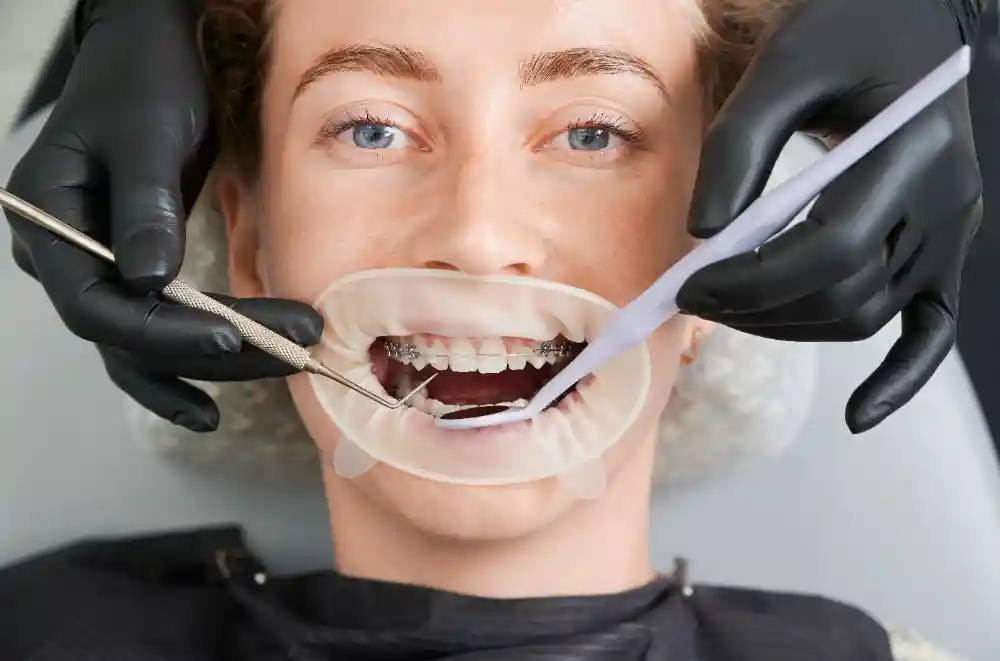How to Tell If You Need to Have Your Wisdom Teeth Removed
Wisdom teeth, also called third molars, are the last set to emerge. For some people, wisdom teeth grow in without causing any issues. Others may experience problems, requiring dental evaluation and, in some cases, removal. While not everyone needs them removed, there are several signs, risk factors, and preventative measures to remember.
Common Symptoms
One of the first signs of potential wisdom teeth issues is persistent or worsening discomfort in the jaw. The pain is often dull or throbbing and usually localized at the back of the mouth. Swelling is another key indicator, with gums appearing puffy or inflamed. In some cases, this swelling can extend to the cheeks or jawline. Gum tenderness is also a symptom to watch; sensitivity to touch or bleeding during brushing could signal irritation or infection related to erupting teeth. These symptoms shouldn’t be ignored. If you experience any of them, consult a dentist or oral surgeon to determine the best action.
Risk Factors
Here are some common reasons why you might need to remove your wisdom teeth:
- Impaction: When there isn’t enough space in the jaw, third molars can become trapped under the gums or bone. This can lead to pain, infections, or damage to nearby teeth.
- Crowding: Limited space in the jaw can cause third molars to push against existing teeth, leading to misalignment, crowding, or even undoing previous orthodontic work.
- Age: As you age, teeth and gums become harder and less flexible, making third molar removal more difficult and recovery times longer. Monitoring these teeth during late adolescence or early adulthood can help prevent future complications.
Steps to Prevent Complications
Although you cannot stop wisdom teeth from growing, there are steps you can take to manage their emergence and reduce the likelihood of complications.
- Regular Check-Ups:
- Visit your dentist regularly to monitor the development of your back molars.
- Dentists use X-rays to detect misalignment, impaction, or crowding early and recommend action before issues worsen.
- Good Oral Hygiene:
- Maintain proper oral hygiene, especially in the back of your mouth where new molars are located.
- Brush and floss thoroughly to prevent gum problems or cavities around erupting molars.
- Address Issues Promptly:
- Schedule a dental appointment if you experience pain, swelling, or sensitivity near your back molars.
- Early intervention can prevent more serious problems and determine if treatment or removal is needed.
- When to Seek Professional Advice:
- If you’re unsure about molar removal, consult your dentist.
- They can assess your dental health through exams and imaging to provide personalized recommendations.
- Decisions about removal depend on individual oral anatomy, health, and the presence of symptoms.
Proactively Manage Your Wisdom Teeth
Wisdom teeth may not always cause problems. Understanding potential signs of trouble and taking proactive steps can help you avoid complications. Regular dental check-ups, diligent oral hygiene, and addressing concerns early are effective methods to protect your overall oral health. If you’re experiencing pain, swelling, or gum tenderness at the back of your mouth, contact your dentist for an evaluation. Alternatively, if it’s simply time for your regular check-up, contact your dentist.
- Understanding the Role of Regular Check-Ups With Your Dentist
- How to Set Up Bookshelf Speakers to Your Home Theater?
- The Three Things That Drop Your Loan Rate by Half
- The Warning Signs That Credit Card Debt Is Becoming Unmanageable
- Innovation in Photography: How Manufacturing Partnerships Drive Creative Possibilities

